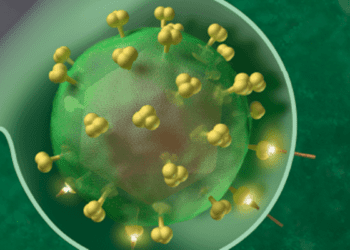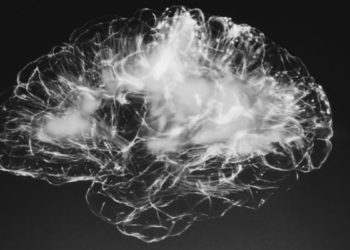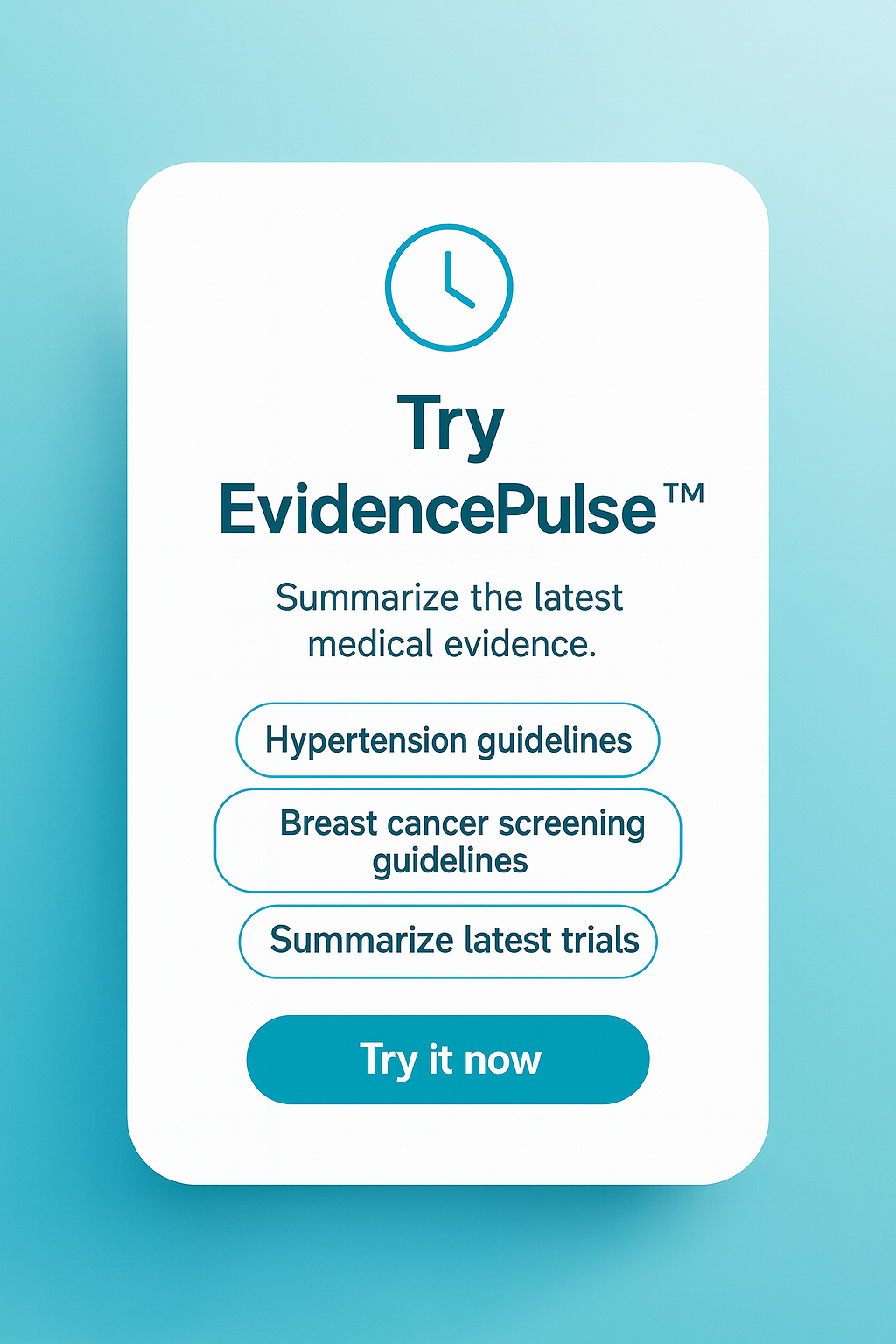Casting only may be non-inferior to surgery for management of medial epicondyle fractures
1. Casting only was non-inferior compared to surgical treatment in the management of children with medial epicondyle fractures.
Evidence Rating Level: 1 (Excellent)
Medial humeral epicondyle fractures are among the most common types of elbow fractures occurring in children. However, there remains an unclear consensus surrounding the management of displaced medial epicondyle fractures. This non-inferiority randomized clinical trial therefore sought to investigate clinical outcomes with cast immobilization only versus surgical intervention in the management of displaced pediatric medial epicondyle fractures. 72 patients (mean[SD] age, 12.1[2.1] years; 59.7% female) from 4 university hospitals in Finland were randomized to either operative or nonoperative management. The primary outcome was the Quick Disabilities of the Arm, Shoulder and Hand (QDASH) score at 12 months, with a score of 0 denoting no disability and 100 denoting extreme disability. Secondary outcomes included active elbow range of motion, grip strength and others. At 12 months, the QDASH score in the surgery group was 1.73 (95% CI, 0.65-2.81) compared to 2.71 (95% CI, 0.52-4.90) in the casting group, representing a model-based mean difference of −0.98 (95% CI, −2.95 to 0.98) which met noninferiority criteria. At 3 and 6 months, there was a statistically significant difference in active elbow range of motion favouring the surgery group (mean, 135.2° [median, 140.0°; IQR, 130.0°-145.0°] vs 125.0° [median, 125.0°; IQR, 116.0°-140.0°] and mean, 144.1° [median, 145.5°; IQR, 137.5°-145.5°] vs mean 135.3˚[median 137.0˚; IQR 130˚-145˚] at 3 and 6 months for the surgery and casting groups respectively). Overall, this study found that among children with displaced medial epicondyle fractures, management with casting was non-inferior to surgical intervention.
Click to read the study in JAMA Network Open
Image: PD
©2025 2 Minute Medicine, Inc. All rights reserved. No works may be reproduced without expressed written consent from 2 Minute Medicine, Inc. Inquire about licensing here. No article should be construed as medical advice and is not intended as such by the authors or by 2 Minute Medicine, Inc.









